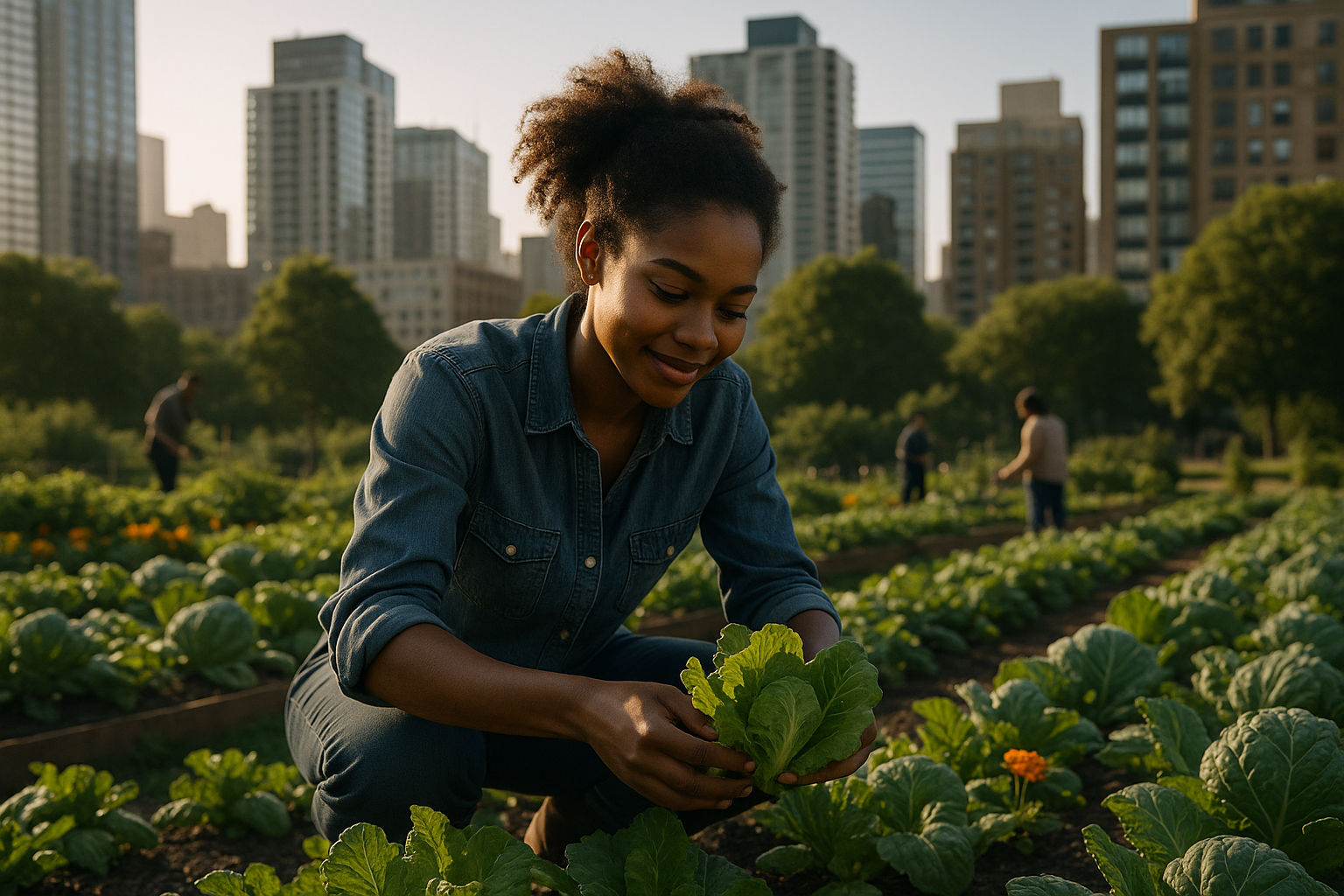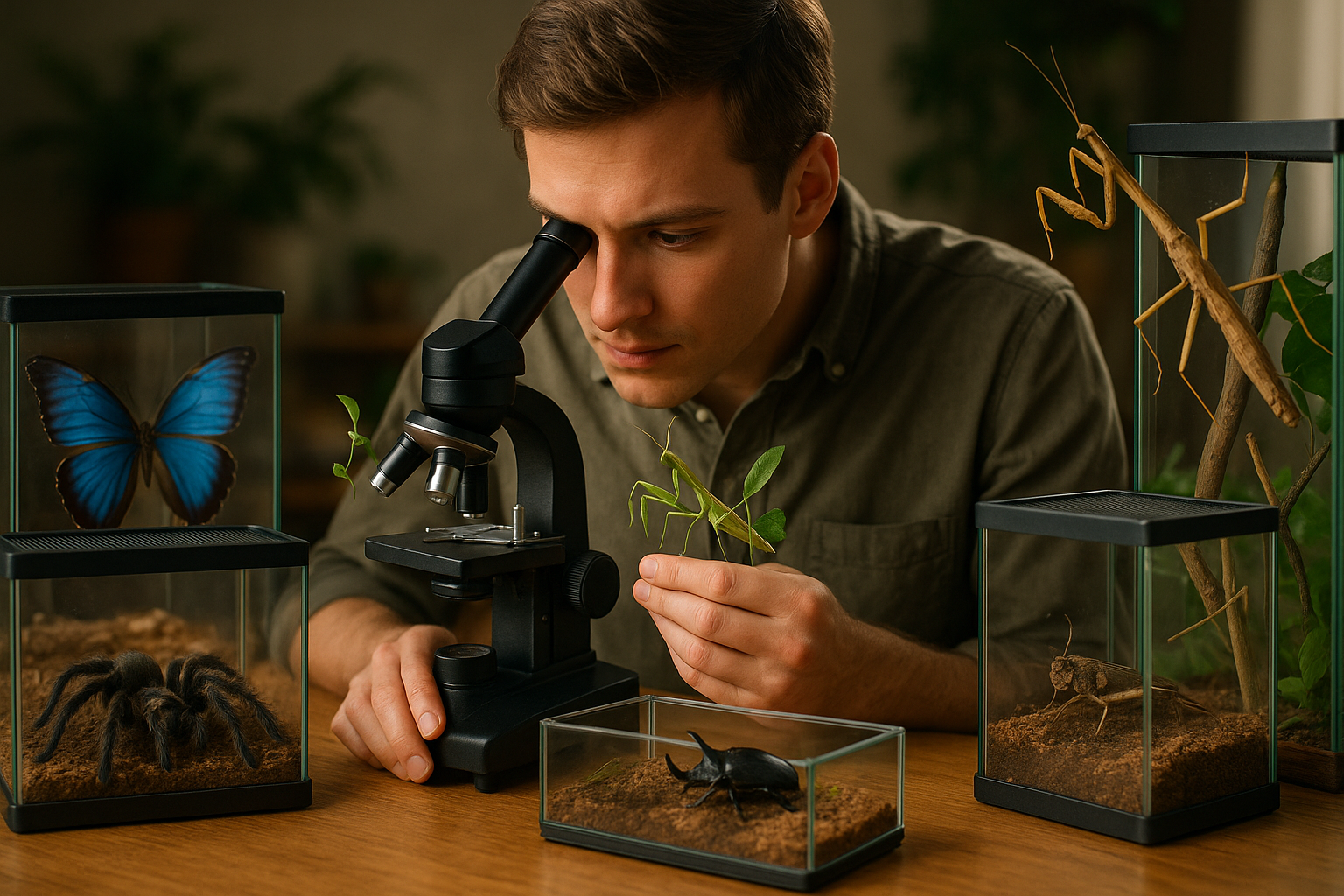The Emancipation of Urban Gardening: A Modern Response to Food Insecurity
In the midst of bustling cities, a green revolution is quietly sprouting. Urban gardening, once a quaint hobby, has evolved into a powerful tool for combating food insecurity and fostering community spirit. Read below to discover how this simple act of planting seeds is transforming lives and landscapes.

Revisiting the Roots: A History of Urban Gardening
Urban gardening isn’t a fresh notion; it’s been around for centuries, a testament to human ingenuity in the face of adversity. During both World War I and II, “victory gardens” were promoted as a way for the public to contribute to the war effort by reducing pressure on the food supply. Today, urban gardens are arising in response to a different kind of crisis – the issue of urban food insecurity.
The Blossoming of a Movement: Urban Gardening Today
Fast forward to the 21st century, urban gardening is experiencing a resurgence. In the concrete jungles of modern cities, patches of green are starting to appear on rooftops, balconies, and vacant lots. The motivations behind this movement are diverse – environmental consciousness, community building, and crucially, combating food insecurity.
Food Insecurity and Urban Gardening: Sowing Seeds of Change
Food insecurity, the state of being without reliable access to sufficient affordable, nutritious food, is a pressing issue in many urban areas. Urban gardening has emerged as a grassroots solution. These green spaces can provide fresh, locally grown produce to communities that otherwise have limited access to such foods. More than just a band-aid solution, urban gardening empowers individuals and communities to take control of their food supply.
The Cultural Impact: Greening Cities and Building Communities
Urban gardening is not just about growing food; it’s also about growing communities. These shared spaces act as hubs for social interaction, fostering a sense of community that is often lacking in urban environments. Simultaneously, they contribute to the greening of cities, improving air quality, reducing urban heat, and providing habitats for urban wildlife.
The Future Harvest: The Potential of Urban Gardening
The potential for urban gardening to positively impact society is significant. With careful planning and support, these green spaces could become a cornerstone of urban planning, integrating sustainable agriculture into the fabric of urban life. As we face the challenges of the 21st century, urban gardening provides a hopeful glimpse of a greener, more sustainable, and more resilient future.
In conclusion, urban gardening represents a powerful response to modern societal challenges. It provides a practical solution to food insecurity, enhances community spirit, and contributes to the green transformation of urban spaces. This movement, rooted in the soil of our cities, is a testament to human innovation and resilience.




